Dogs are considered “man’s best friend”, and for good reason. With the right training, a dog can become a loyal companion, an early warning system, and a furry hot water bottle all at once. However, the training part of things is on you.
A poorly trained dog won’t just be badly behaved, but it may also be anxious in general. Without consistency, your dog won’t know how to best please you. This increased stress, combined with a lack of consistent boundaries and a lack of socialization, can even lead to a dog snapping at people or other dogs. So, it’s important to get training right to keep your dog happy and healthy.
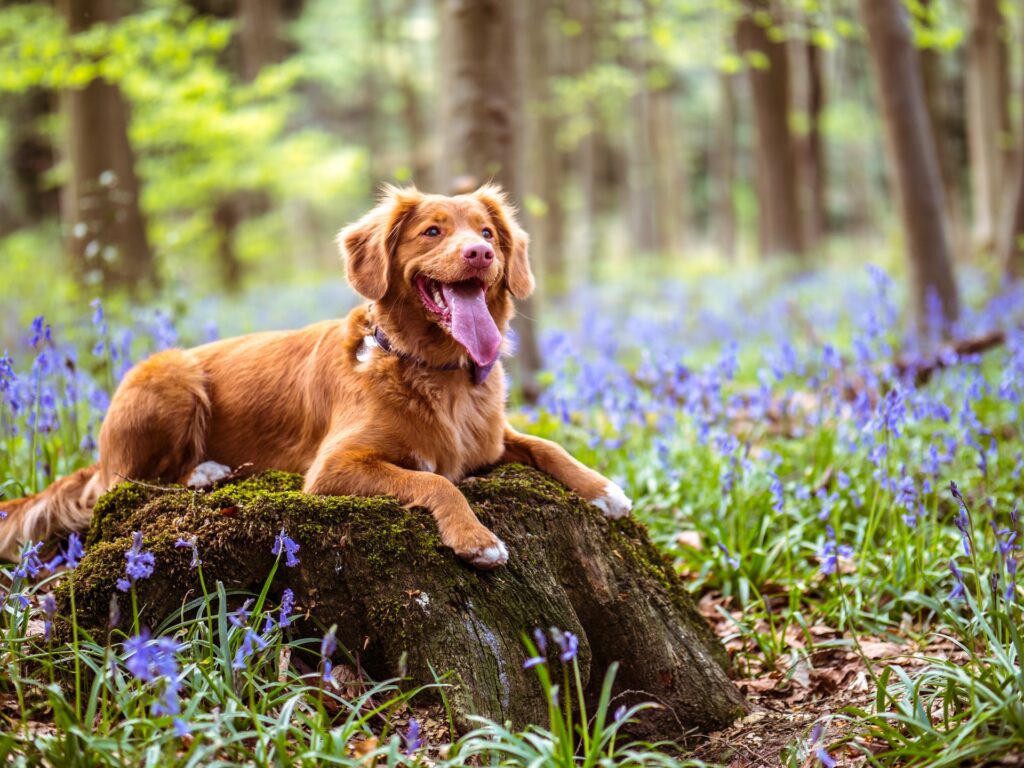
Start Early
You should start training your dog as soon as they come into your life, whether they’re a puppy or an adult. This way, you won’t have to retrain any bad behaviors later down the line. If you have a rescue, it might be a little more complicated as you aren’t working from a clean slate, but many adult dogs are still quite teachable. Many dogs enjoy training if it’s done right. Just start as early as you can and keep things consistent, and you’re off to a great start.
If you’ve just got a puppy, then they’re likely to be around 8-12 weeks old. At this age, they won’t yet be house-trained, meaning that you’ve got to start right away. The sooner you begin, the fewer unfortunate messes you’ll have to deal with. If you don’t house-train your puppy, it won’t just automatically train itself. Instead, you’ll be left with an adult dog who messes in the house and doesn’t ask to go outside.
When house-training a puppy, accompany it outside at least for the first couple of weeks or so, until it is comfortable enough. Puppies will need to relieve themselves about every two hours, so keep a semblance of a routine and only go back in once they’ve done something.
Another habit that you can start straight away is crate training. A dog crate or pen isn’t something used to punish your pet, but it instead provides them with their own space where they can relax, like a den. Crate training your puppy or dog at night is a great way for both of you to sleep better.
These are a couple of the major habits that you want to start teaching early, but there are certain commands and behaviors that every dog should learn as soon as possible.
Focus on Certain Commands & Behaviors
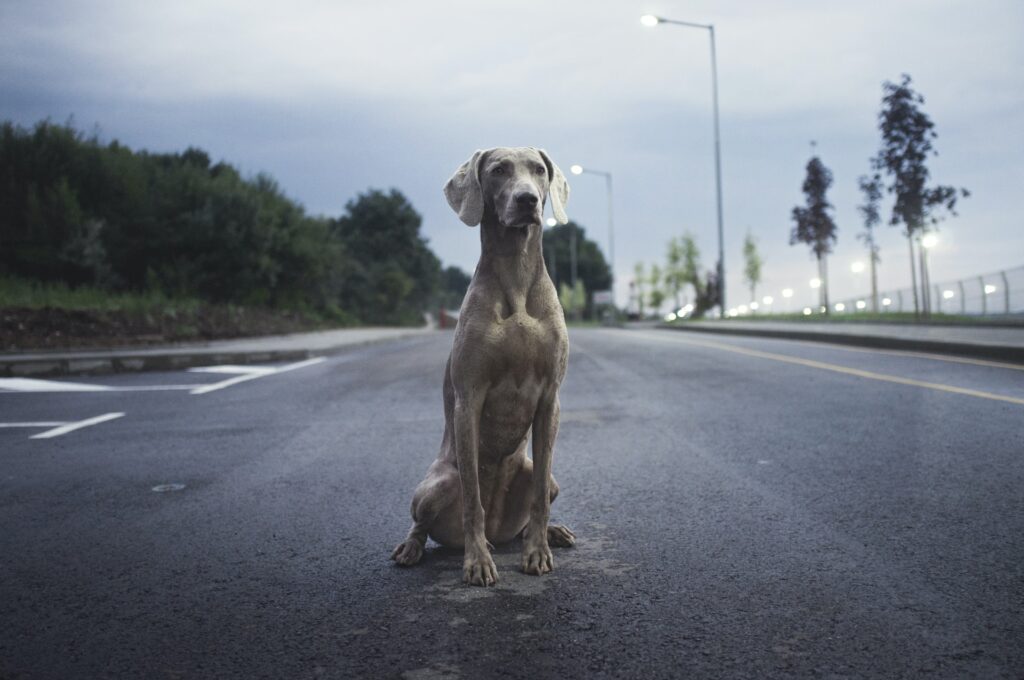
Probably the most important thing to teach your dog is that they shouldn’t bite. Puppies do mouth a lot when they play and may nip, especially when they’re teething. This should be discouraged, as it gets considerably more concerning as the dog grows up. With puppies, it can be as simple as directing them to an actual teething toy and immediately disengaging if they do nip. However, this doesn’t mean that you should suppress a dog’s growl or bark. Dogs growl as a warning and a growling dog is far safer than a silent biter.
Other behaviors that you may want to discourage are begging and jumping up. As with any other training, it’s best to start early with this. While you’re at it, encourage your dog to sit still while being groomed and to walk nicely on a leash. These will help you to raise a polite dog.
There are a few basic obedience commands that will help you and your dog. You can even start teaching these simple commands from a relatively young age. They will not only teach your dog to be well-behaved but can keep them safe. These are:
- “Sit.” You can also follow this with “Paw” or “Lie Down”.
- “Come.” The trick is to sound happy and inviting. Also, don’t use this command to summon your dog for punishment, or they simply won’t do it anymore.
- “Stay” or “Wait.” Teach your dog patience and restraint.
- “Leave” or “Off”. Similar to “Wait”, as it will teach your dog self-control.
Once your dog has mastered these commands, you can move on to other, more complicated obedience commands. You can also teach your dog some tricks, this is something that both you and your dog will find rewarding and fun.
Positive Reinforcement
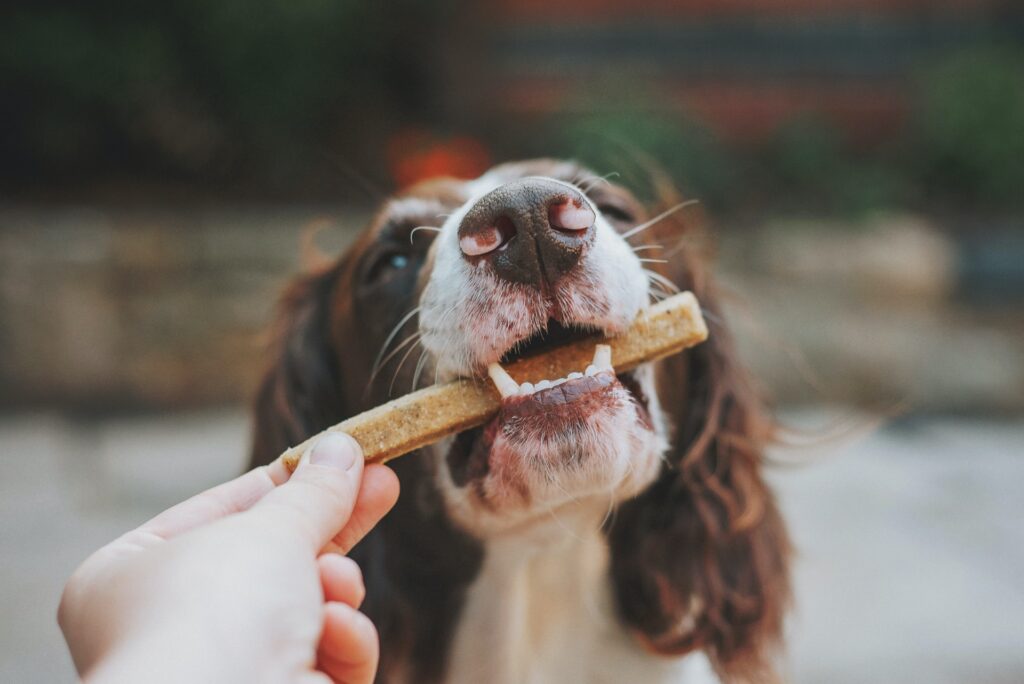
One of the most important things to remember is to be patient. Dogs and especially puppies can get easily distracted, especially when they aren’t used to training. So, train little but often, maybe only a few minutes per session, but multiple sessions a day. Each dog is different as well, some dogs are more teachable than others or pick things up more quickly, so don’t expect the same results each time.
Ideally, they should associate your training sessions with good fun, so they will be more eager to learn. Engaged dogs will learn more quickly and, if they aren’t punished for mistakes, they are more willing to try again. Be on their side and help them to get it right. Your dog wants to please you, especially with the right incentive.
Speaking of incentives, puppy treats come in handy when training and rewarding your dog. You should have different types of treats, as an overabundance of high-calorie treats can result in a chubby pup. Rather, try using low-calorie treats during the training session itself, then reward your dog with the bigger treat at the end. They will be eager to train when they associate it with fun, treats, and lots of praise.
Socialization Matters
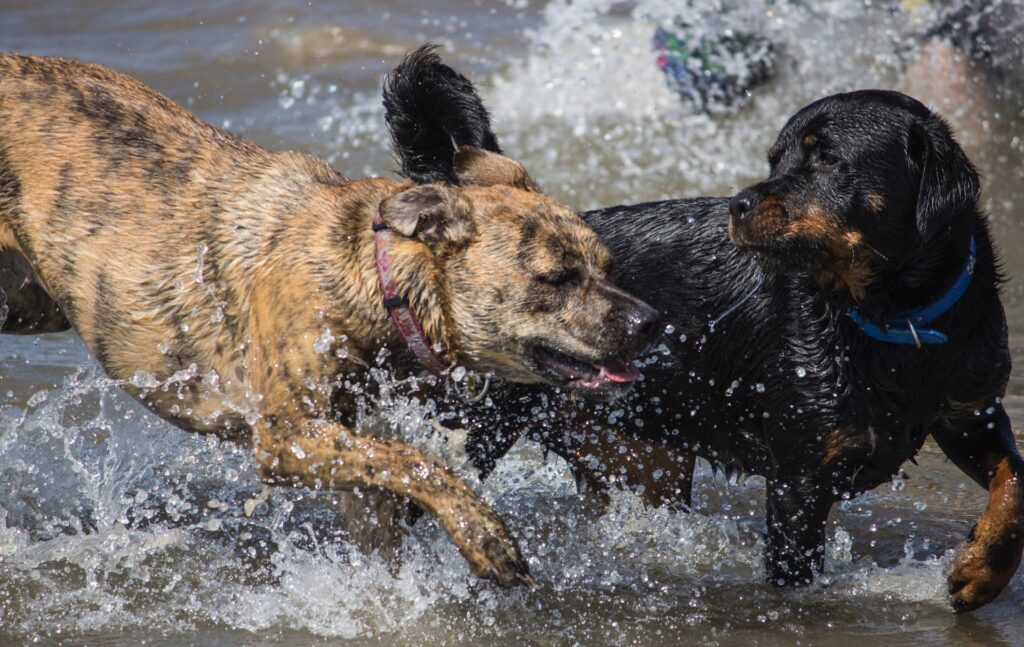
One part of training that you can’t do on your own is socialization. Dogs are social animals, but if they aren’t used to other animals or people, they can become anxious and potentially aggressive around strangers.
To prevent this, make sure that your dog knows how to behave around other people and animals. If you have another pet, that will help. Otherwise, make playdates with friends who have dogs or visit dog parks. Dog obedience courses can also teach your dog to play nice with others.


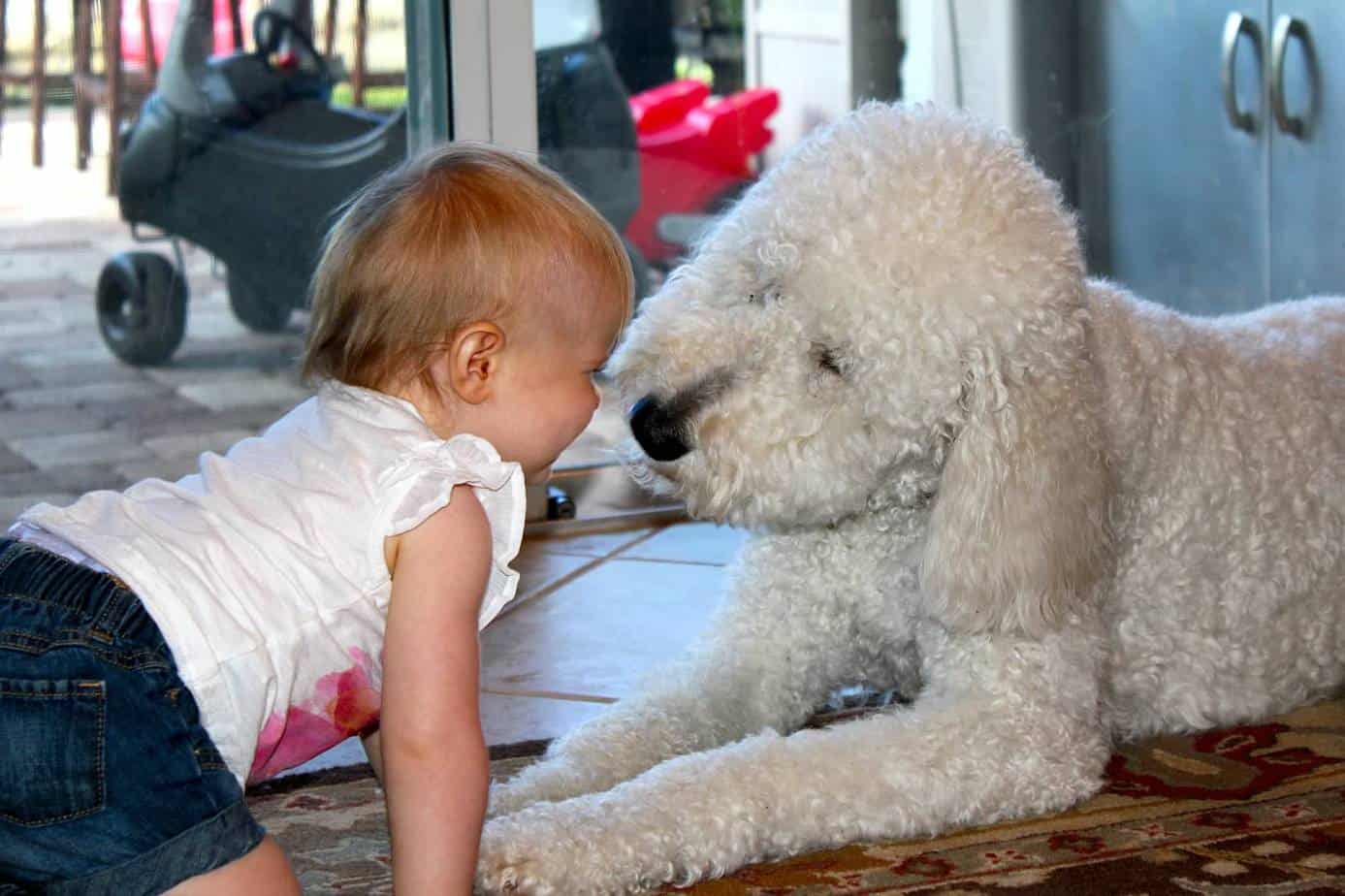

Leave a Reply